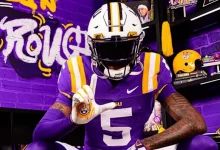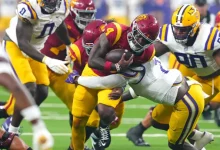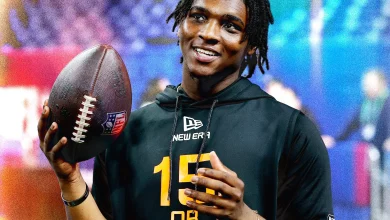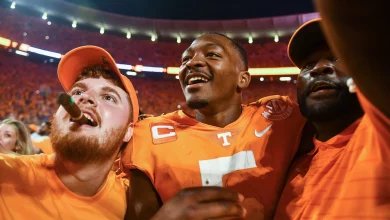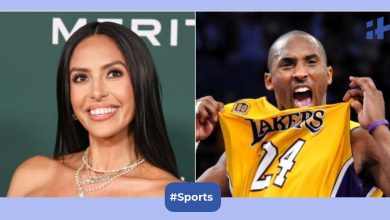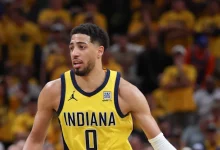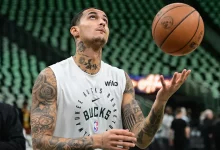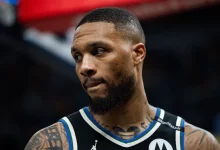Orioles’ Tony Mansolino Explains Why Coby Mayo Remains on Bench, Emphasizing Development Over Immediate Impact: “It’s About Taking Baby Steps.”
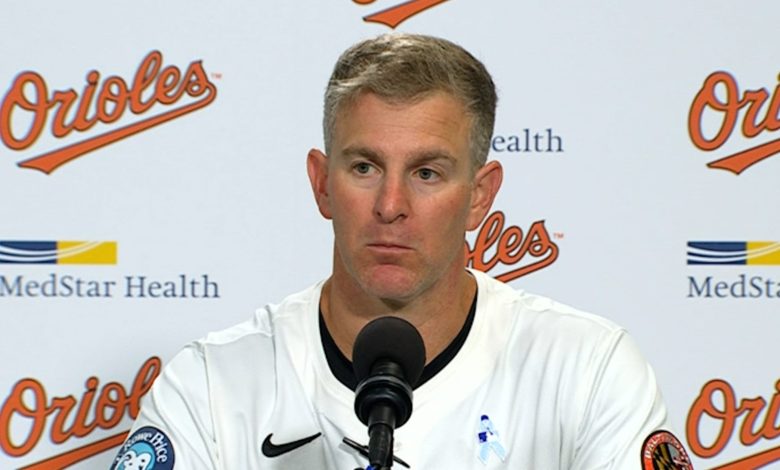
The Baltimore Orioles have remained one of baseball’s more promising young teams in recent years, leaning heavily into homegrown talent and prospect development as the front office, led by executive vice president and general manager Mike Elias, continues shaping a long-term competitive window. However, the handling of highly touted infielder Coby Mayo has stirred some debate among fans and analysts alike.
Mayo, the Orioles’ No. 3-ranked prospect and widely considered one of the top power hitters in their farm system, has spent much of his time at the major league level this season on the bench. Despite flashes of brilliance during Spring Training and a productive run in Triple-A Norfolk, Mayo has not seen the everyday playing time that some observers expected. In a recent interview, Orioles third base coach Tony Mansolino addressed the situation, offering a clear explanation rooted in patience and player development.
“It’s about taking baby steps,” Mansolino said. “We love what Coby brings, but we’re not going to rush him just to satisfy outside expectations. There’s a long-term plan here.”
A Prospect With Promise—and Pressure
Mayo, 22, was selected in the fourth round of the 2020 MLB Draft out of Stoneman Douglas High School in Parkland, Florida. Since entering the Orioles organization, he’s steadily climbed the minor league ranks, known for his towering home runs and raw offensive potential. In 2023, he hit 29 home runs and recorded a .973 OPS across Double-A and Triple-A, earning the attention of national outlets and landing on several top-100 prospect lists.
But adjusting to big-league pitching isn’t automatic. While Mayo has seen sporadic at-bats during his time with the Orioles, his contact rate and pitch recognition have remained areas of focus. Through 34 major league plate appearances, Mayo is batting just .176 with one home run, and a strikeout rate over 30 percent.
Despite those struggles, Baltimore remains high on his upside.
“When you’re talking about young hitters making the leap to this level, there’s no universal path,” Mansolino added. “Some guys click right away, others need time to figure it out.”
Complicating Factors: A Crowded Infield
One of the immediate challenges to Mayo’s playing time is the current depth on the Orioles’ infield. With Jordan Westburg entrenched at third base, Gunnar Henderson dominating at shortstop, and Jackson Holliday expected to take on a larger role as the season progresses, there’s a logjam of young, high-upside talent that makes it difficult to justify giving Mayo an everyday spot in the lineup.
Meanwhile, veteran infielder Ramón Urías has provided steady defense and situational hitting, earning the trust of manager Brandon Hyde in high-leverage moments. It’s not simply a matter of talent—Mayo has that in abundance—but one of fit, timing, and defensive versatility.
“He’s going to have to learn different positions,” Hyde said earlier this month. “There’s a path for him on this roster, but it’s not locked into one spot.”
Mayo has begun working at first base during pregame drills to increase his versatility, which may open up future opportunities—especially if the team explores trades involving Ryan Mountcastle or Anthony Santander ahead of the deadline.
Patience Over Panic
In an age where fan impatience often leads to clamoring for immediate results, the Orioles have chosen a more deliberate approach. Tony Mansolino emphasized the importance of not skipping developmental steps, even if the player has elite tools.
“There’s nothing wrong with learning while being part of a winning team,” Mansolino said. “He’s watching how professionals work, how they prepare. That can be just as valuable as plate appearances when you’re 22.”
The Orioles have taken this path before. Adley Rutschman, Gunnar Henderson, and even Cedric Mullins endured stretches of struggle before breaking out. Mayo’s time may not be now, but Mansolino believes that foundation being laid now is essential to his eventual success.
“You only get one shot at your first impression in the big leagues. We want to make sure Coby is ready when his name is called.”
Fan Reaction: Mixed, But Hopeful
On social media, the reaction to Mayo’s limited usage has been split. Some Orioles fans argue that real improvement comes from live-game reps, not watching from the dugout. Others understand the long view and trust the organization’s player development strategy.
“He’s too talented to be sitting,” one fan posted on Reddit’s Orioles subreddit. “Give him consistent at-bats and let him adjust.”
“We’ve rushed prospects in the past and it burned us,” countered another. “Let the kid come along at the right pace.”
The Orioles have made clear that winning now does not mean sacrificing future potential, and they remain committed to a model that has transformed their farm system from the bottom of the league to arguably the best in baseball.
What Comes Next for Coby Mayo?
Mansolino didn’t offer a timetable for when Mayo would begin seeing more consistent playing time, but he hinted that injuries, rest days, or lineup rotations could open the door.
With the trade deadline approaching, Baltimore may be inclined to move some veteran pieces to create space—not just for Mayo, but also for other top prospects like Connor Norby and Colton Cowser. Until then, Mayo will continue working behind the scenes.
“He’s hungry. He’s taking extra reps, asking the right questions. He’ll be ready when the opportunity comes,” Mansolino said.
That opportunity could come soon if the Orioles’ offense experiences a slump or if they begin resting players more regularly in preparation for a playoff push.
While it can be frustrating for fans to watch a top prospect like Coby Mayo ride the bench, the Orioles’ leadership insists that there’s a method to the madness. Mansolino’s “baby steps” approach reflects a broader organizational philosophy that values sustainability over splash.
“It’s easy to say, ‘play the kid now,’” said Mansolino. “But our job is to make sure when he does play, he’s ready to succeed—not just survive.”
As the Orioles continue to balance present success with future promise, Mayo’s situation will be a key subplot. Whether he emerges as a major contributor down the stretch in 2025 or takes another year to mature, one thing is clear: Baltimore believes in his talent—they’re just choosing to be careful with how they unleash it.

